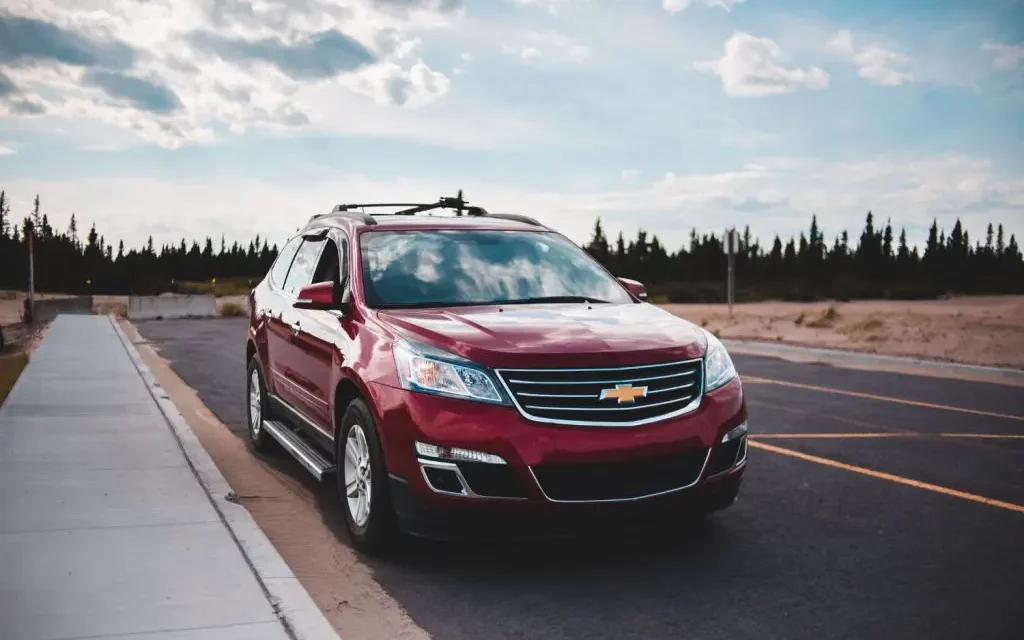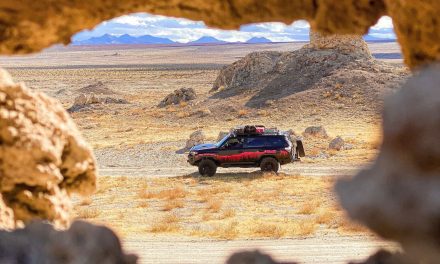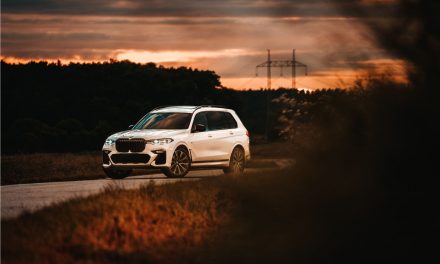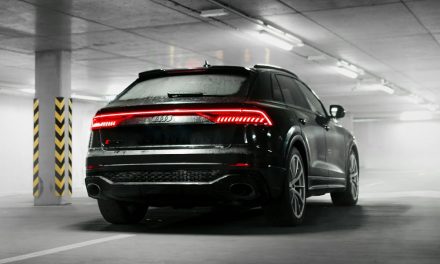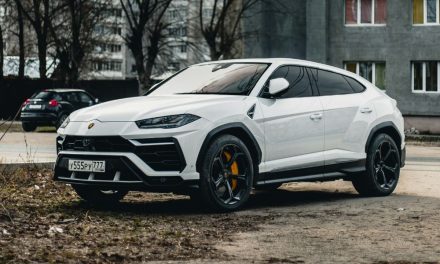SUVs are a unique form factor for a vehicle; there aren’t many other vehicles on the road (outside of passenger vans and wagons) with more extensive, wide-open space on the top of the car as an SUV does. Vehicles like my 2007 Chevy Tahoe, all the way to the newest SUVs, have this roofline. Along with that comes a common theme, those ridges on the roof.
Those ridges on the roof play an integral role in the vehicle, including three critical aspects. 1. They offer structural integrity to the thin aluminum panel. 2. They improve the aerodynamics of an already un-aerodynamics design. 3. They help hide any deformities on such a large panel.
Why should you trust me? I have been writing about automotive for years on this website and have worked in the automotive industry (outside of this site) for years. I own an SUV with roof ridges and have studied everything possible to get you the most accurate information possible. Want to learn more about me? You can read more here.
With that said, let’s look into why SUVs have the ever-so-common roof ridge!
Table of Contents
1. Roof ridges provide integrity to the aluminum panel.
While you don’t look at it often (especially on a large SUV), these massive vehicles’ roofs are the most extensive, uninterrupted panels. They also lack the structural support that side panels on the exact vehicle have.
Pair all this with the fact that a vehicle’s roof sees hundreds of pounds of downforce from the air rushing over it, and the top of your vehicle sees a lot of punishment.
This means the roof also has the highest probability of becoming deformed over time, and any fluctuation of the vehicle’s bodywork may cause it to crease and bend.
The ridges you see on the roof of your SUV are the perfect way to counteract this! These ridges do a great job of giving the roof rigidity and dispersing any force outwards so that there is more surface area to take up any pressure that comes in contact with this massive panel.
2. Additional aerodynamics
The ridges on the roof of your SUV also have the added benefit of helping with aerodynamics! These ridges funnel air from the front of the vehicle toward the back. This means that air is not finding its way off the side of the car or hitting other panels that might hurt the airflow.
This aspect of these ridges helps with gas mileage but also helps keeps air noise down and more.
3. They hide imperfections in the bodywork.
SUVs have ridges on their roof (which is more of a byproduct than on purpose) because they hide imperfections in the top of your car quite well.
If the roof was one continuously flat panel, you could easily see imperfection in paint, warping in this massive panel, and dents caused by roof racks (and the subsequent gear) being installed and removed over time. The ridges give you a bit of leeway to make mistakes with your vehicle (but only a bit).
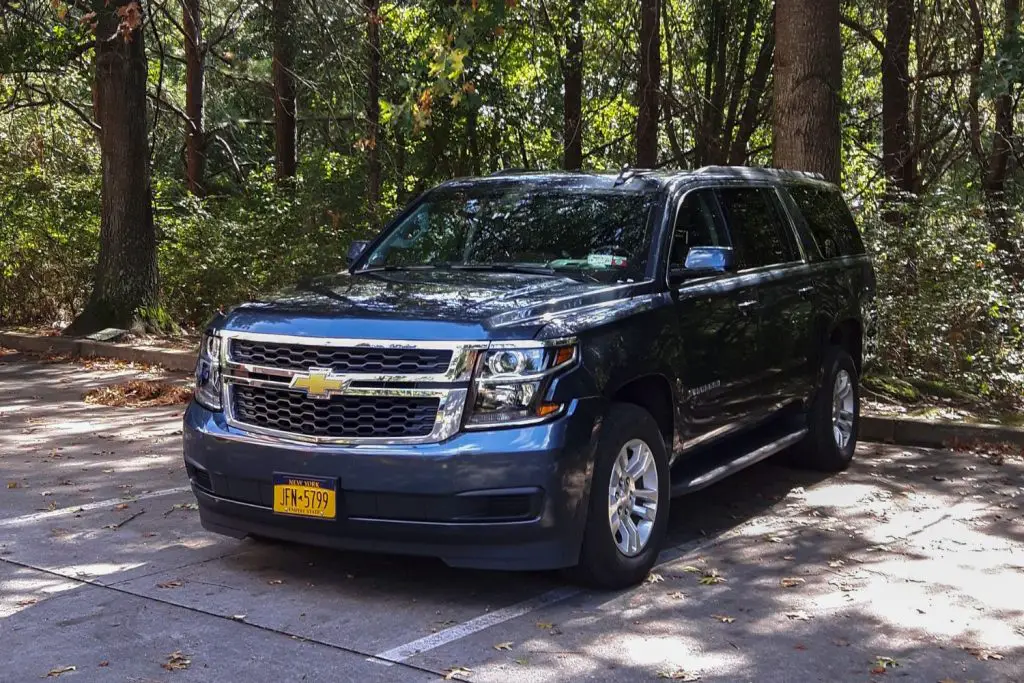
What are the bars on top of SUVs for?
While the ridges on the roof of an SUV are the most common thing to find there, roof rack bars are the next most common! These bars go the length of the top of your SUV, and cross bars can be attached to them so that you can carry things like cargo boxes and roof baskets.
These roof bars also give the SUV a bit more rigidity as well, as they help distribute the weight of the cargo on the roof but the pressure of the air.
What other components are found on the roof of an SUV?
Outside of the roof ridges and rack bars, you will also find other things like an antenna, sunroofs, and spoilers on the roof. While the antenna and sunroof are for convenience, the spoiler works with the roof’s ridges to give the SUV a more aerodynamic shape, helping plenty with gas mileage.

